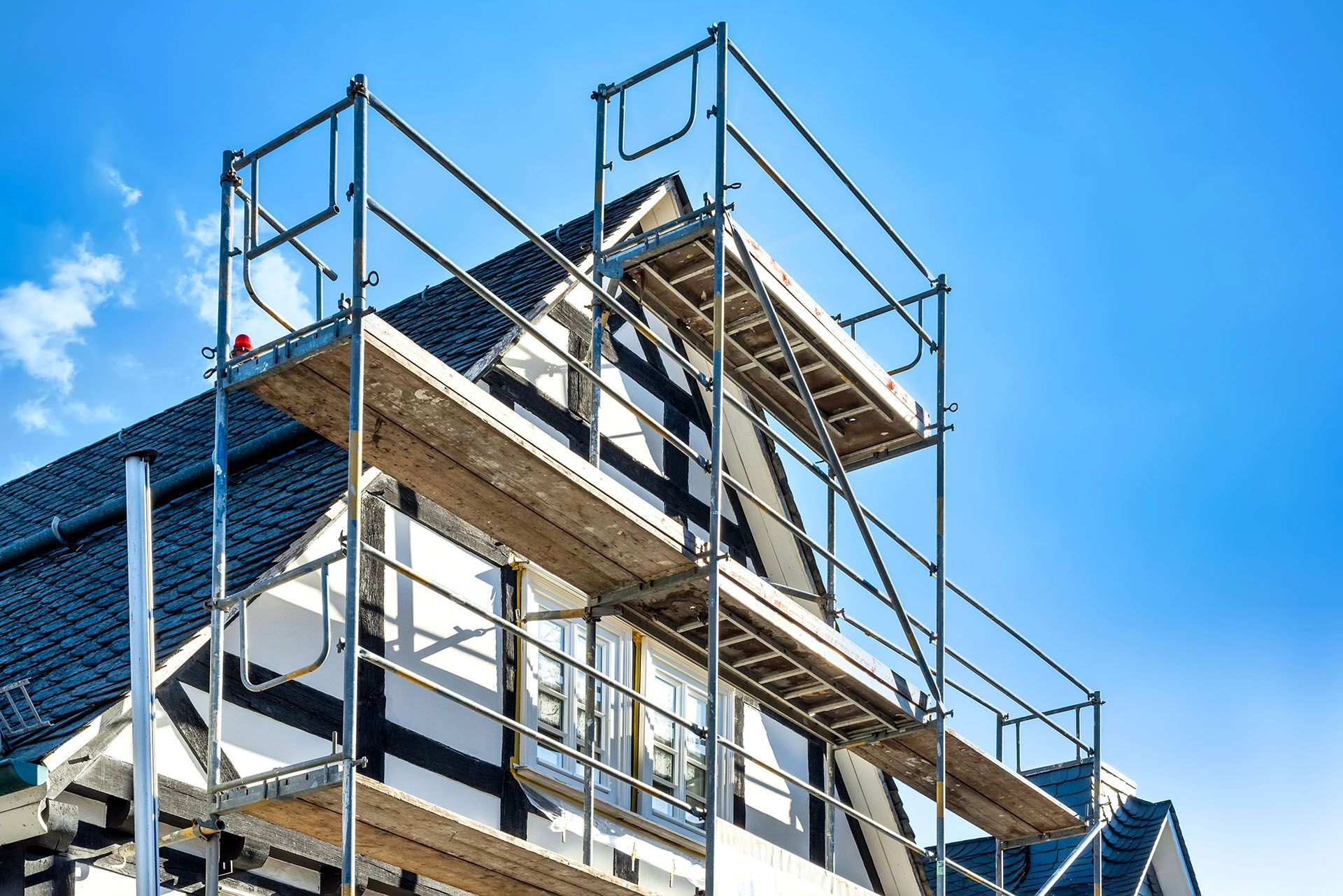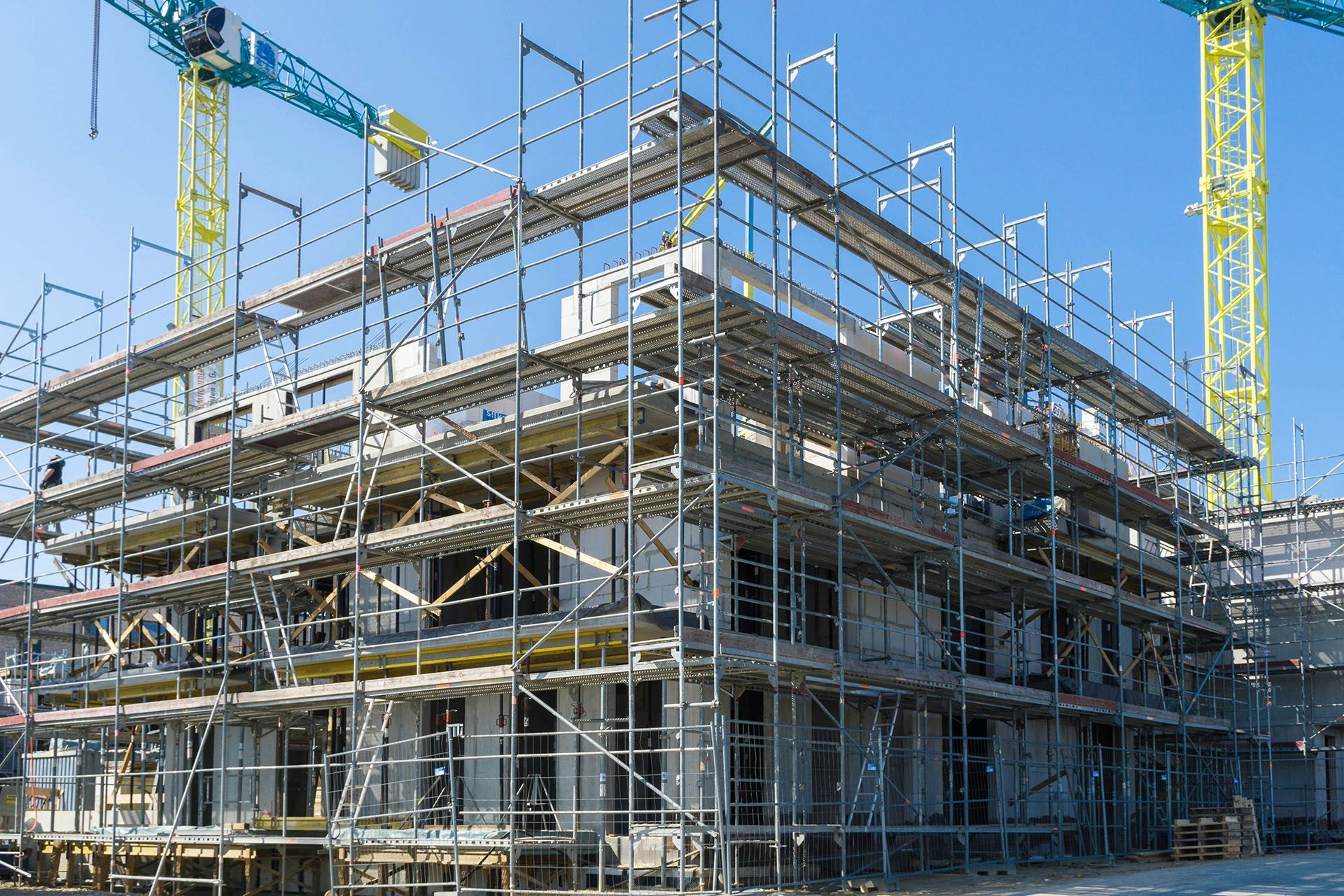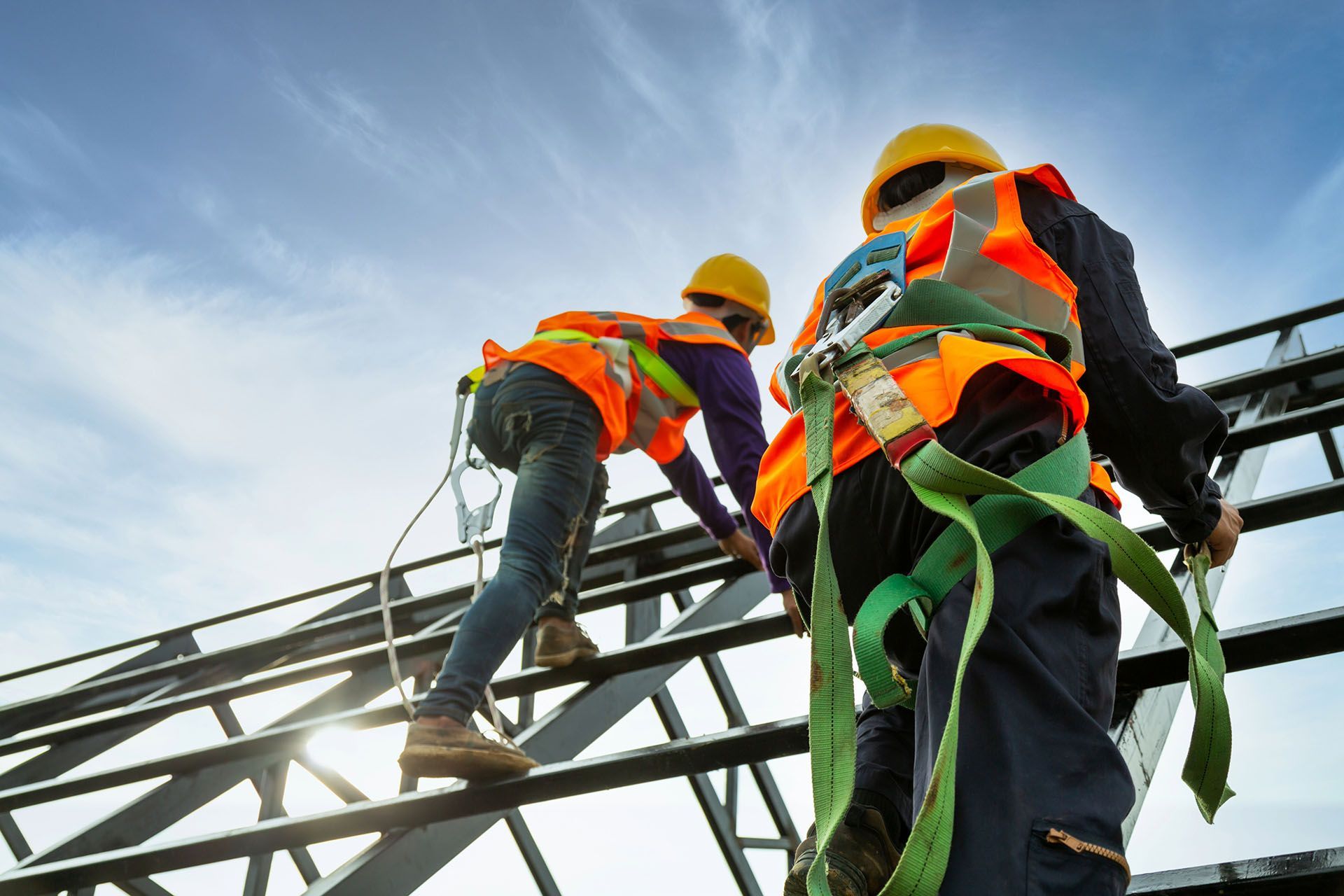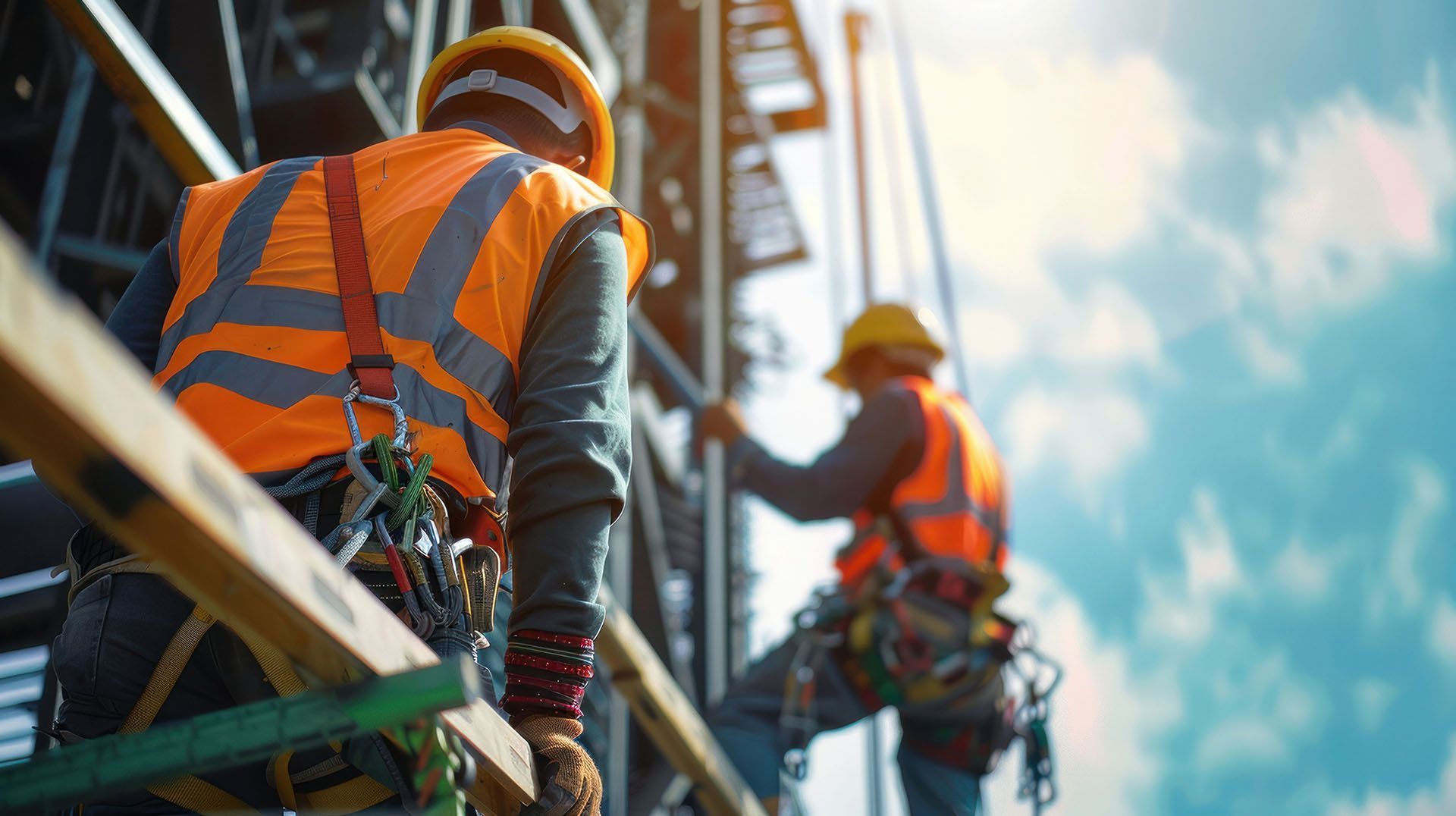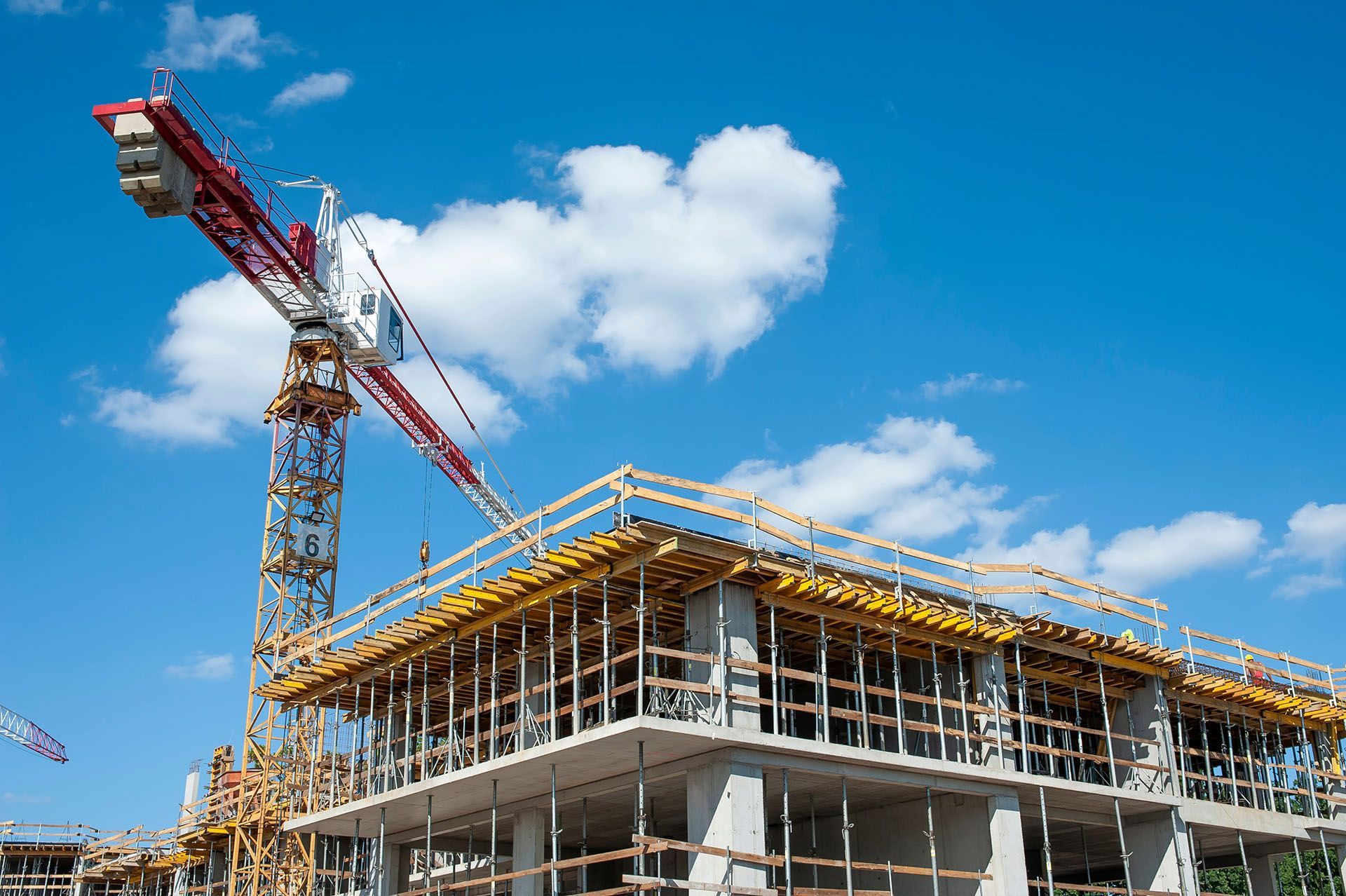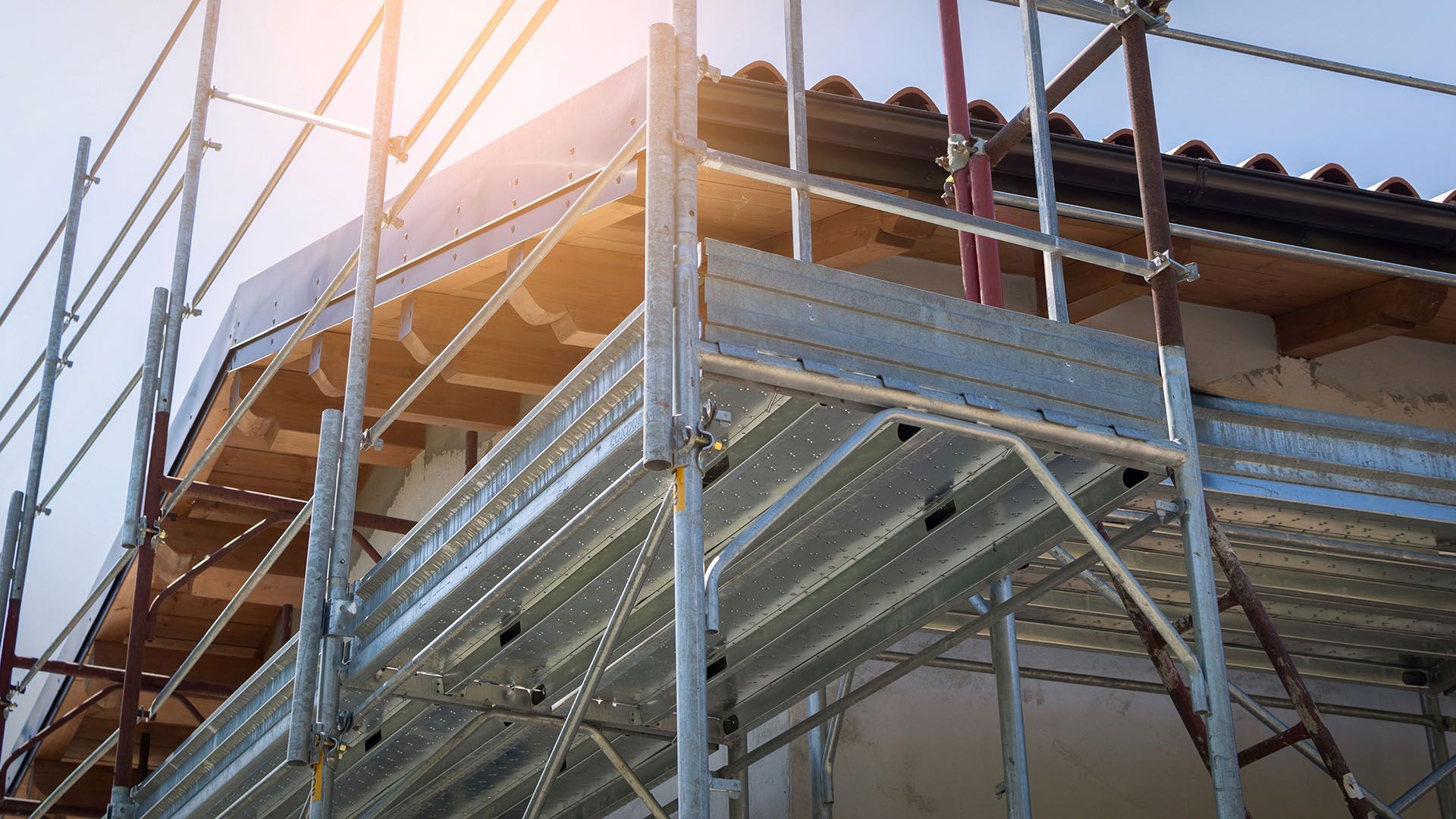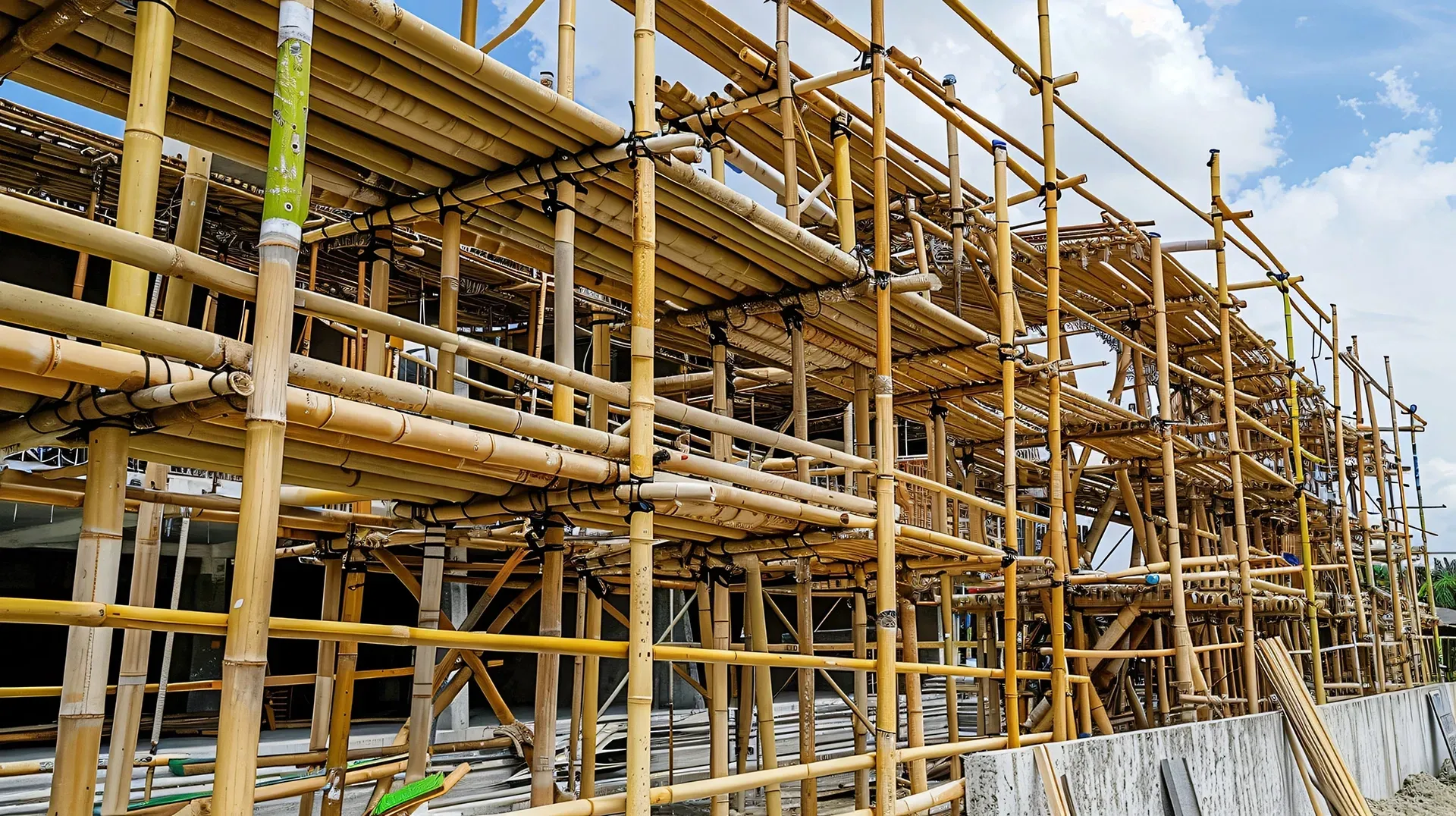Scaffolding Safety 101: Avoiding Risks and Ensuring Compliance
Scaffolds are useful tools in the construction industry, but they can also be incredibly dangerous if not managed correctly. As someone who works with scaffolding, it’s important to be aware of everything related to scaffold safety not only to mitigate potential risks but also to ensure that everything is compliant with the applicable safety regulations.
In this article, we will provide a basic overview of scaffolding safety, including some requirements, standards, and safety precautions that you should consider when setting up your scaffold. We will also cover some key steps for scaffold risk management. So if you are looking for scaffold hire solutions in Wollongong, this blog will provide valuable insights to you.
What is scaffolding safety?
Scaffolding safety involves following a set of practices and safety procedures to ensure the proper and safe use of scaffoldings. As part of the scaffold safety guidelines, all persons involved in the design, manufacturing, and use of scaffolds are required to adhere to Australian safety standards. This is to ensure that workers' exposure to potential hazards, such as falls, electrocutions, and falling objects, is effectively reduced.
What are the scaffold safety requirements?
Before building a scaffold, there are certain requirements that should be followed:
Business or undertaking
The business owner or undertaking is responsible for ensuring that the workers and everyone involved are not exposed to health and safety risks. This includes eliminating them as long as it's reasonably practicable. Otherwise, the following steps should be followed:
- Ensure the safe provision and upkeep of scaffolding and scaffolds.
- Safe erection, alteration, dismantling, and usage of scaffolds
- Safe usage, handling, storage, and transportation of scaffolds
Designers, manufacturers, and suppliers
Scaffolding designers, manufacturers, suppliers, and importers are obligated to take all necessary measures to reasonably ensure that the equipment they produce or provide poses no significant risks to health and safety.
This includes conducting thorough analysis, testing, or examinations of the scaffolding, as well as supplying precise information about its proper usage. Significantly, this information should be effectively communicated from the designer to the manufacturer and ultimately to the end user.
Individuals involved in installing, constructing, or commissioning scaffolds
Those responsible for the installation, construction, or commissioning of scaffolding or scaffolds must take reasonable and practical steps to ensure that all workplace activities related to the temporary structure, including its dismantling, are conducted without compromising health or safety.
Officers
Officers bear the responsibility of ensuring that the business or undertaking complies with the WHS Act and Regulations. This includes taking reasonable measures to ensure that the business has access to suitable resources and processes necessary to eliminate or reduce risks related to plant operations.
Workers
Workers and everyone working on scaffolding should be responsible for their health and safety. They are expected to cooperate and follow reasonable policies, procedures, and instructions in place. Furthermore, they must avoid actions that could negatively impact the health and safety of others in the same workplace.
To ensure scaffolding safety, only a competent person holding a relevant high-risk work licence is allowed to design scaffolds.
What are the hazards and safety precautions when using scaffold?
To effectively manage hazards related to scaffolds and scaffolding work, the following safety precautions should be taken into consideration:
Adjacent Buildings or Structures
The scaffolding work should not negatively impact neighbouring buildings and structures. Hence, risk control measures are essential to ensure that no individuals will be harmed and to avoid any damage to adjacent buildings or structures arising from:
- the collapse of the scaffold onto an adjacent building or structure.
- the collapse of an adjacent building or structure, or a part thereof, due to scaffold work or related activities.
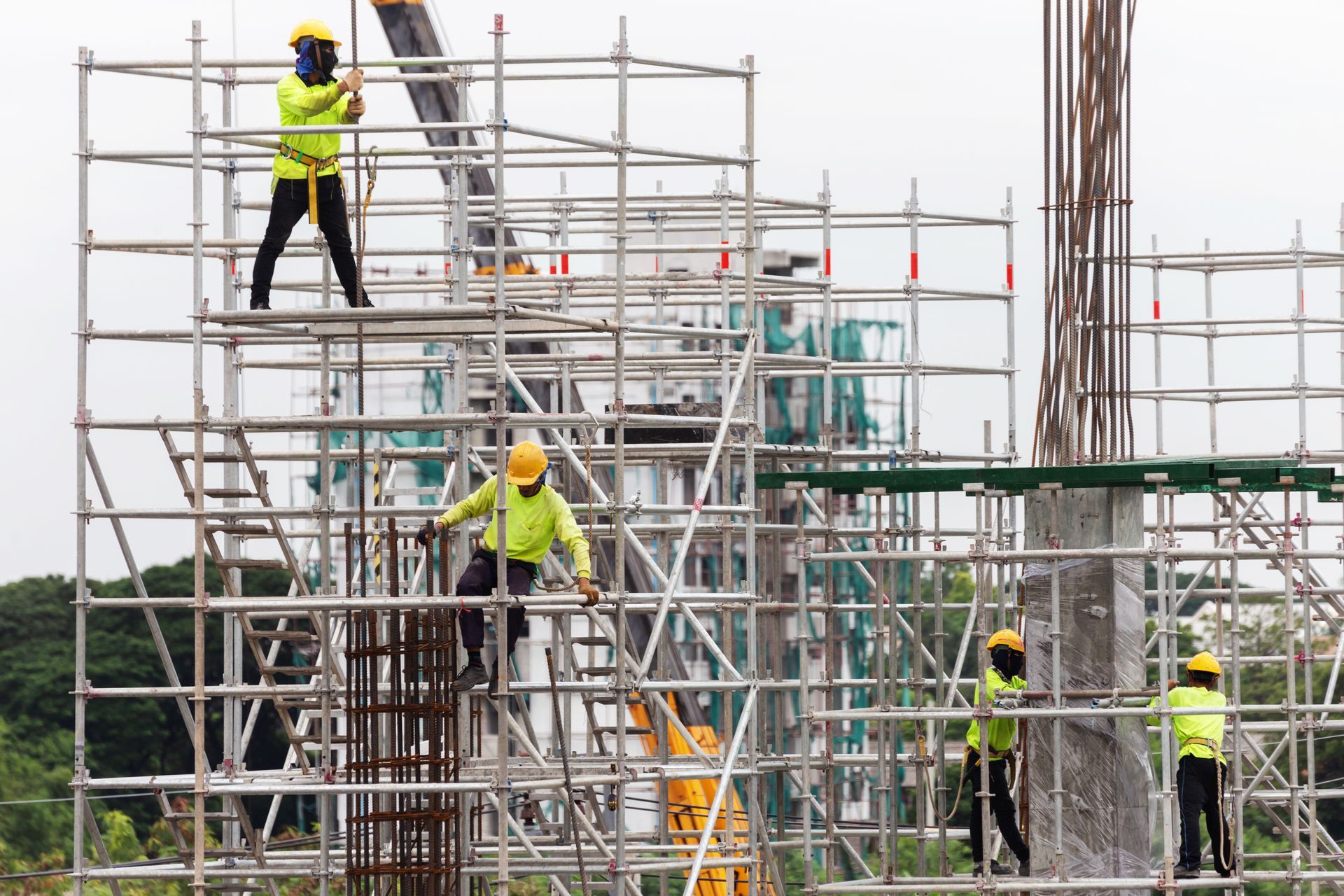
Electric Lines
Overhead and underground electric lines can pose electrical hazards. In addition, construction work near energised electrical installations is classified as high-risk. With this, it is important to prepare a Safe Work Method Statement (SWMS) before commencing any work.
Entry and Exit
Erection, usage, and dismantling of a scaffold requires safe entry and exit, which may include:
- Temporary stairs or ladder access systems
- Permanently installed platforms or ramps
- Personnel hoists for non-mechanical exit options, like ladder or stair towers
- Secure and stable stairs that are attached firmly to the scaffold bay
Falls
Hazards that may increase the risk of falls and should be managed include:
- poor environmental conditions
- materials, tools, or objects extending from adjacent workspaces like pallets, vertical reinforcing steel, rubbish skips, and exposed rebars
- stair void platform
- incomplete or loose scaffolding
- insufficient training, instruction, and supervision of scaffold workers
Falling Objects
Risk control measures for falling objects include personal fall arrest platforms, overhead protective canopies, and perimeter containment screens made of:
- mesh
- high-quality shade cloth
- timber
- plywood
- metal sheeting
Ladders
Ladders can only be used by authorised individuals and only when tools and equipment can be delivered separately by materials hoist, crane, or a rope and gin wheel. Ladder entries should also be placed far from the working platform to prevent possible falling through openings.
Ground Conditions
A competent person must check the ground conditions and ensure that they are stable and can withstand the most severe combination of static, dynamic, and environmental forces anticipated during the scaffold's assembly, dismantling, and usage.
Mixing Scaffolding From Different Systems
To effectively manage hazards related to scaffolds and scaffolding work, the following safety precautions should be taken into consideration:
Mixing incompatible scaffolds can compromise the scaffold's structural integrity and potentially result in its collapse, which can then lead to musculoskeletal injury among workers.
Mixing of scaffolding from different manufacturers can only be done by a competent person as determined by the following conditions:
- size and strength are compatible
- deflection characteristics are compatible
- different fixing devices are compatible
- different scaffolding types maintain the strength, stability, rigidity, and suitability of the designed scaffold
Powered mobile plant and traffic
Powered mobile plants and traffic can pose hazards to worker safety and the scaffold's structural integrity. To mitigate these risks, the following safety measures should be implemented:
- Re-routing vehicles and mobile plant away from the scaffold's location
- Employing barricades, signs, posts, buffer rails, guards, concrete or timber kerbs to prevent contact between the mobile plant, traffic, and the scaffold.
- Ensuring the scaffold is free from unnecessary protrusions, such as over-length transoms, putlogs, tie tubes, or over-height standards.
Supporting structures
Before erection and usage, check the supporting structure's capacity if it can withstand the most extreme combination of loads. Ask for advice from a competent person when anchoring the scaffold to a building or setting it up on verandas, suspended flooring systems, parapets, or awnings. If the supporting structure cannot bear the most adverse combination of loads, additional propping might be necessary.
Unauthorised access
Unauthorised modifications and access should be prevented by the management while the scaffold is incomplete, suspended, or cantilevered.
What is the highest risk on scaffold?
The highest risks associated with scaffolding include:
- Electrocution
- Slips and Falls
- Overloading
- Scaffolding Collapse
- Falling Objects and Equipment
- Adverse Weather Conditions
But above them all, falls from height are the leading cause of death among construction workers. It was reported by Safe Work Australia that 122 fatalities occurred from 2015-2019 with 13% accounting for falls from height.
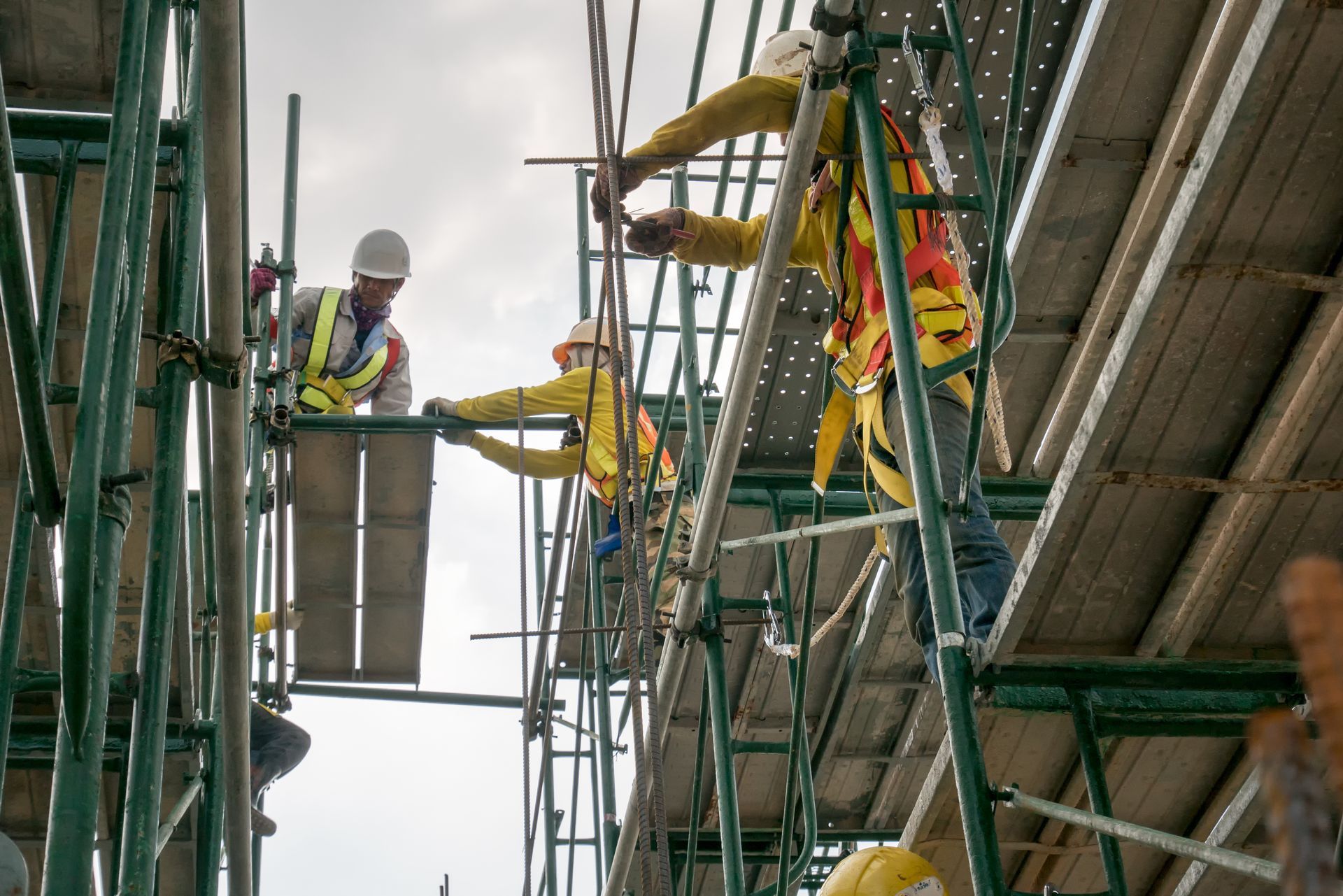
Is scaffolding high risk work?
Working on scaffolding involves working at heights. Any scaffolding work involving a risk of falling from a height exceeding 2 meters is classified as high-risk construction work. As such, scaffolding safety must be undertaken in accordance with the applicable laws and standards.
Those involved in scaffolding from the design, manufacturing, and usage should follow the proper scaffolding safety standards, receive proper training, use proper safety equipment, and ensure the structure is properly erected to prevent any potential risks or accidents.
The competent person is responsible for overseeing the erection of the scaffolding. To ensure the safety of workers and those around them, the competent person must be aware of all applicable laws and regulations, have the necessary experience and knowledge to assess potential risks, inspect the scaffolding regularly, and take corrective actions when needed.
Moreover, those working on or near the scaffolding should also receive proper training regarding the scaffolding standards and be provided with adequate fall protection equipment like personal fall arrest systems or guardrails.
What is the Australian standard for the guidelines for scaffolding?
The AS/NZS 1576 consists of the Australian standards that apply when working on scaffolding. This includes the guidelines, design, and operational requirements of scaffolding systems, scaffolding equipment, and scaffolds. Typically applied in workplaces that involve scaffolding design, manufacture, import, supply, and even demolition work, this standard also includes specifications for catch platforms erected on scaffolds and covers temporary stairways for use in construction.
The objective of AS/NZS 1576 is to provide users, manufacturers, and designers with a set of standardised rules for designing and detailing scaffolding systems based on the engineering principles outlined in this document.
How can scaffolding risks be managed?
Managing scaffolding risks involves multiple steps that include the following:
1. Identify hazards
The first step to managing risks is to find out hazards that could potentially cause harm to the people in the workplace. This may involve:
- looking for areas where there may be interaction with vehicles, pedestrians, and fixed buildings
- checking ground-level conditions
- identifying maximum live and dead loads as well as access requirements
- inspecting the scaffold frame before and after use
- asking workers about any potential risks they are aware of
- examining the erected scaffold platform
- reviewing incident and injury records
2. Assess risks
Oftentimes, risks and control measures are identified together. However, in other cases, risk assessments must be conducted to determine a potential risk, its severity, and if a control measure is necessary. A risk assessment also helps identify which actions to take and assess the level of urgency required in implementing those actions.
3. Control risks
According to work health and safety laws, businesses are obligated to do everything reasonably practicable to eliminate or minimise risks. This involves:
- using safer equipment like cranes, hoists, pallet jacks, and trolleys to substitute for scaffolds whenever possible
- installing barriers to separate pedestrians and powered mobile plants from scaffolds
- using engineering controls like toeboards and protective screens to prevent people from getting hit by falling objects
If there are still risks present after these control measures have been implemented, you can take the following strategies to reduce the remaining hazards.
- store the scaffolding near your work area as much as possible to minimise the distance for manual transportation of loads
- use personal protective equipment (PPE) such as hard hats, protective gloves, safety shoes, and high-visibility vests
4. Review control measures
Checking control measures regularly is an important step to ensure that your safety plan is working effectively. By doing this, you can identify any areas that need improvement or gaps in the safety plan. Reviewing control measures also helps maintain a safe working environment to prevent accidents from occurring.
Takeaway
Identifying existing and predictable hazards associated with scaffolds is essential to create a safe working environment. For all those in and around the workspace, including construction workers and passersby, it is important to understand the potential risks that come with erecting, using, and dismantling scaffolds.
By being aware of the Australian standards, safety measures, risk management strategies, and responsibilities of using scaffolds, both employers and employees can work together to ensure that everyone remains safe.
Ultimately, safety should always be the top priority when it comes to working on scaffolding. So if you are unsure of anything, the best option is to hire or rent scaffolding from reliable companies. At Crewscaff, we provide tailored solutions to fulfil all your scaffolding requirements. Our services include delivery, erection, and dismantling of scaffolding, all in strict adherence to Australian safety standards. Get in touch with us today to learn more about how we can help make your project safer and easier.

